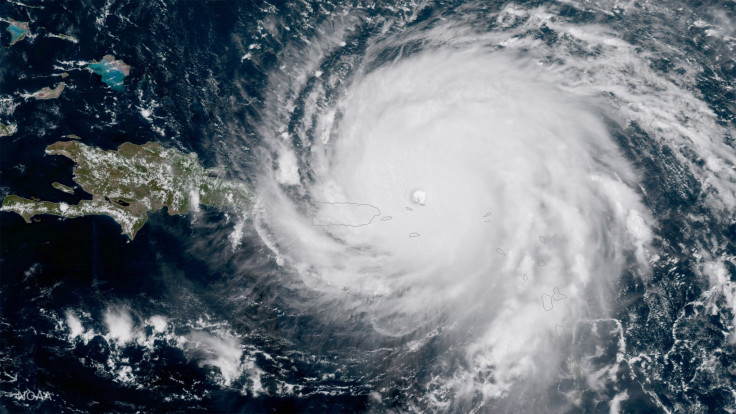Hurricanes, Wildfires Caused Damage Worth $306 Billion In 2017, Highest In History

Delving into the Storm Events and Billion-Dollar Weather and Climate Disasters databases of National Oceanic and Atmospheric Administration’s National Centers for Environmental Information (NCEI), Porch published a comprehensive study on the kind of damage and destruction wrought upon the United States by natural disasters over the years.
Porch is a website that lets users connect and review local home improvement contractors and browse photos of such projects.
The study, shared with International Business Times via mail, takes into consideration figures listed in the databases for individual major natural disasters, including storms, wildfires and tidal events, from 2000 through 2017, for a better understanding of the damages incurred to the U.S. properties and how it affects the economy as a whole.
When it comes to natural disasters no one can forget the severity of destruction the U.S. suffered in 2005 when Hurricane Katrina swept over the nation. The year incurred $214 billion in damages. However, 2005 could not hold a candle to 2017, when the damages brought on by three major hurricanes — Harvey, Irma, and Maria — and massive wildfires in California led to damages worth $306 billion nationally.
Nevertheless, if damages from hurricanes alone were considered, Katrina beats the trio of deadly storms last year — with the former costing the people of U.S. $96 billion, compared to the storm season of 2017, which cost people $75 billion.
The scale of damages varied from state to state. Most of the states located in the Eastern half of the nation seemed to bear most of the brunt of these disasters, even though none of the states went unscathed since 2000. When it comes to the West Coast, “California witnessed several massive wildfires, while Oregon and Washington suffered damage from heavy rain and flooding,” the study said.
Not surprisingly, the natural disasters that proved to be costliest for the nation since the start of the 21st century are hurricanes, tidal events, and flooding, accounting for a large chunk of around $376 billion in property damage the nation has incurred due to natural disasters.
Incidentally, within that period, years 2000 and 2015 were the least costly, with less than $5 billion worth of property damaged.
“This inconsistency has proved troubling for lawmakers hoping to anticipate how much natural disaster recovery funding will be needed in future years,” the study stated, adding, “this financial toll will only accelerate in the years to come, as climate change exacerbates the intensity of future hurricane seasons… some researchers suggest the frequency of tornadoes is increasing, although the connection to global warming (if any) remains unclear.”
Property damage incurred by other natural disasters fade in comparison to that of major storms, although damages worth millions of dollars cannot be ruled out as insignificant. Wildfires, for instance, caused over $557 million in property damage since 2000. The number sounds graver when seen in reality — more than 1,000 Californian properties, including homes, were burned in wildfires last year.
Geography plays a huge role in determining the amount of property damage incurred in a U.S. state. Since storm season brings in the highest amount of damage across the nation, the most susceptible states in this regard are those that border the Gulf of Mexico, with Texas, Louisiana, and Florida each averaging more than $2 billion in damages annually, since the year 2000. Mississippi and Alabama rank fourth and sixth respectively, in terms of average damage, since they have smaller Gulf Coast borders.
On the other hand, “the Eastern Seaboard fared relatively well regarding storm damage, with several states averaging less than $10 million in property damage each year,” according to the study. States like Montana, Wyoming, Nevada, and Hawaii also incurred relatively little damage. Mention should be made of the Kilauea volcano, which erupted in Hawaii earlier this month, bringing unprecedented damages to the state.
If it’s not the storm, it’s some other natural disaster.
“For a Western contingent including California, Washington, Idaho, and Arizona, wildfires caused the greatest property damage. Winter storms were the largest driver of damage in many Northwestern states, including Montana, Wyoming, and the Dakotas,” the study stated.
Apart from property damages, natural disasters also brings in the loss of life, the scale of which varies from one state to another. Louisiana leads the chart in this regard, with nearly 12 deaths a year, on average, per million residents. In 2005, 1,500 people in Louisiana lost their lives as a result of Hurricane Katrina.
© Copyright IBTimes 2025. All rights reserved.






















